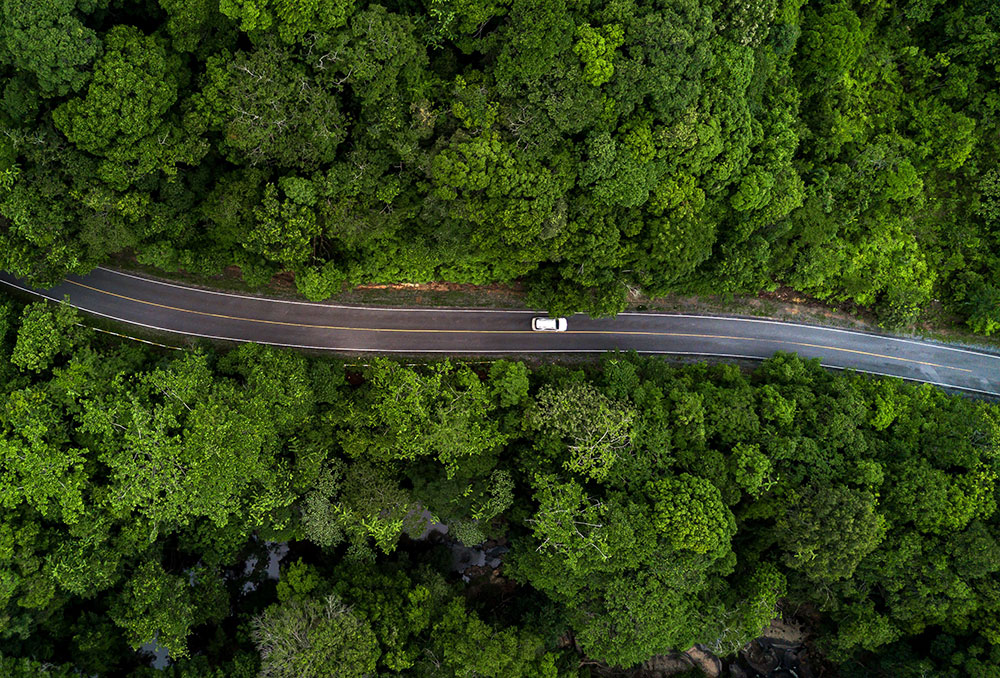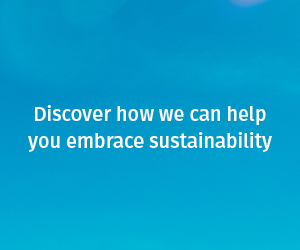Driving strategies that can help the planet
Climate change is becoming a topic more and more people are talking about, but what can motorists do to help?

Changing weather patterns are affecting people and industry with an increased amount of severe weather events causing devastation around the globe.
Climate change threatens people with food and water scarcity, increased flooding, extreme heat, more disease and economic loss, so what can you do to help when it comes to motoring and driving?
The obvious answer is to switch to a lower-emission vehicle but if affordability is an issue, you can still help by adopting RACQ's eco-driving techniques which can reduce both your fuel bills and your carbon dioxide emissions.
Eco-driving covers driving style, vehicle maintenance and trip planning actions to reduce fuel consumption.
How you drive your car, keep it maintained and when and where you drive, will have an impact on vehicle emissions.
It will also save you on how much you spend on fuel.
Simple driving techniques can save you money and the environment.
- Watch ahead and drive smoothly, scan the road for obstacles and drive smoothly around them.
- Brake and accelerate gently – ease off the accelerator pedal and start to slow down early when approaching traffic lights and intersections.
- Avoid stop-start driving.
- Use the right gear for the conditions.
- In a manual, drive in the highest gear that is practical and keep the revs as low as possible.
- In an automatic, keep a light touch on the pedal and accelerate gently as this will encourage your car to stay in higher gears.
- Shift through the gears as quickly as possible – higher gears and lower revs use less fuel.
- For petrol cars, try to stay in the 2000 to 2500 rpm range (or 1500 to 2000 rpm for diesel cars).
- Maintain a steady cruise speed on highways and use cruise control where appropriate.
- When safe, keep your highway speed at 90km/h.
- Turn off your engine when parked, even if you’re only stopping for a few minutes.
- When driving under 80km/h, try driving with the windows open rather than running the air conditioner.
- When driving above 80km/h close the windows and use the airconditioner.
- At speeds above 80km/h the drag from the open windows will use more fuel than the airconditioner.
Other things to consider include keeping your tyres at the correct pressure, reducing weight by removing unnecessary items and having your vehicle serviced regularly to ensure it’s running at it’s optimum.
You could also consider catching public transport, cycling, walking or taking a personal mobility device like an e-scooter instead of the car.
Even though buying an EV might not be in your budget, there are still things you can do to help battle climate change.
Click here to learn more about eco-driving
Related topics
Things to note
The information in this article has been prepared for general information purposes only and is not intended as legal advice or specific advice to any particular person. Any advice contained in the document is general advice, not intended as legal advice or professional advice and does not take into account any person’s particular circumstances. Before acting on anything based on this advice you should consider its appropriateness to you, having regard to your objectives and needs.
Insurance Products (excluding Travel Insurance) are issued by RACQ Insurance Limited ABN 50 009 704 152 (RACQI) and arranged by its agent, RACQ Distribution Services Pty Ltd (RDS) ABN 35 116 361 650, AFSL 567130 and RDS' authorised representatives (including RACQ Operations Pty Ltd ABN 80 009 663 414, AR No. 234978 (RACQO). Conditions, limits and exclusions apply. RDS and RACQO are in the RACQ group of companies. One of the companies in the RACQ group of companies has a minority shareholding in RACQI.
RDS and RACQO have not taken your personal objectives, circumstances or needs into account when preparing advice regarding insurance products and you will need to consider whether the advice is appropriate for you. Read the Product Disclosure Statement (PDS) and any applicable Supplementary PDS before making a purchase decision on this product. You can also access our Target Market Determinations on this website. RDS receives a commission from RACQI for the policies it arranges. RACQO receives fees paid for services it provides to RDS. Further details about remuneration are available on request prior to purchasing.
Banking and loan products issued by Members Banking Group Limited ABN 83 087 651 054 AFSL/Australian credit licence 241195 trading as RACQ Bank. Terms, conditions, fees, charges and lending policies apply. This is general advice only and may not be right for you. This information does not take your personal objectives, circumstances or needs into account. Read the disclosure documents for your selected product or service, including the Financial Services Guide and the Terms and Conditions, and consider if appropriate for you before deciding.
Except for RACQ Bank, any RACQ entity referred to on this page is not an authorised deposit-taking institution for the purposes of the Banking Act 1959 (Cth). That entity’s obligations do not represent deposits or other liabilities of RACQ Bank. RACQ Bank does not guarantee or otherwise provide assurance in respect of the obligations of that entity, unless noted otherwise.
RACQ Bank subscribes to the Customer Owned Banking Code of Practice which establishes higher standards than the law requires. The Code reflects modern consumer expectations and developments in approaches to issues such as consumer vulnerability, guarantors, and supporting customers through financial hardship. Please read our Customer Owned Banking Code of Practice page for more information.
RACQ Operations Pty Ltd (ABN 80 009 663 414 AR 000234978) and Members Travel Group Pty Ltd (ABN 45 144 538 803 AR 000432492) are acting as an Authorised Representative of the issuer of the insurance, Tokio Marine & Nichido Fire Insurance Co., Ltd. (ABN 80 000 438 291 AFSL 246 548). Any advice set out above is general in nature only, and does not take into account your objectives, financial situation or needs. Before purchasing any travel products, please consider the RACQ Travel Insurance Product Disclosure Statement (PDS) and the Target Market Determinations (TMDs) that apply to these products. Whilst the PDS outlines the Terms and Conditions of these products, the TMDs outline the intended class of customers that comprise the target market for these travel products. This will allow you to consider which products best suit your objectives, financial situation and needs and consider the products appropriateness to your personal circumstances. TMDs also outline matters involving the distribution and the review of these products. The PDS, Supplementary PDS and TMDs for each travel product can be found here.

